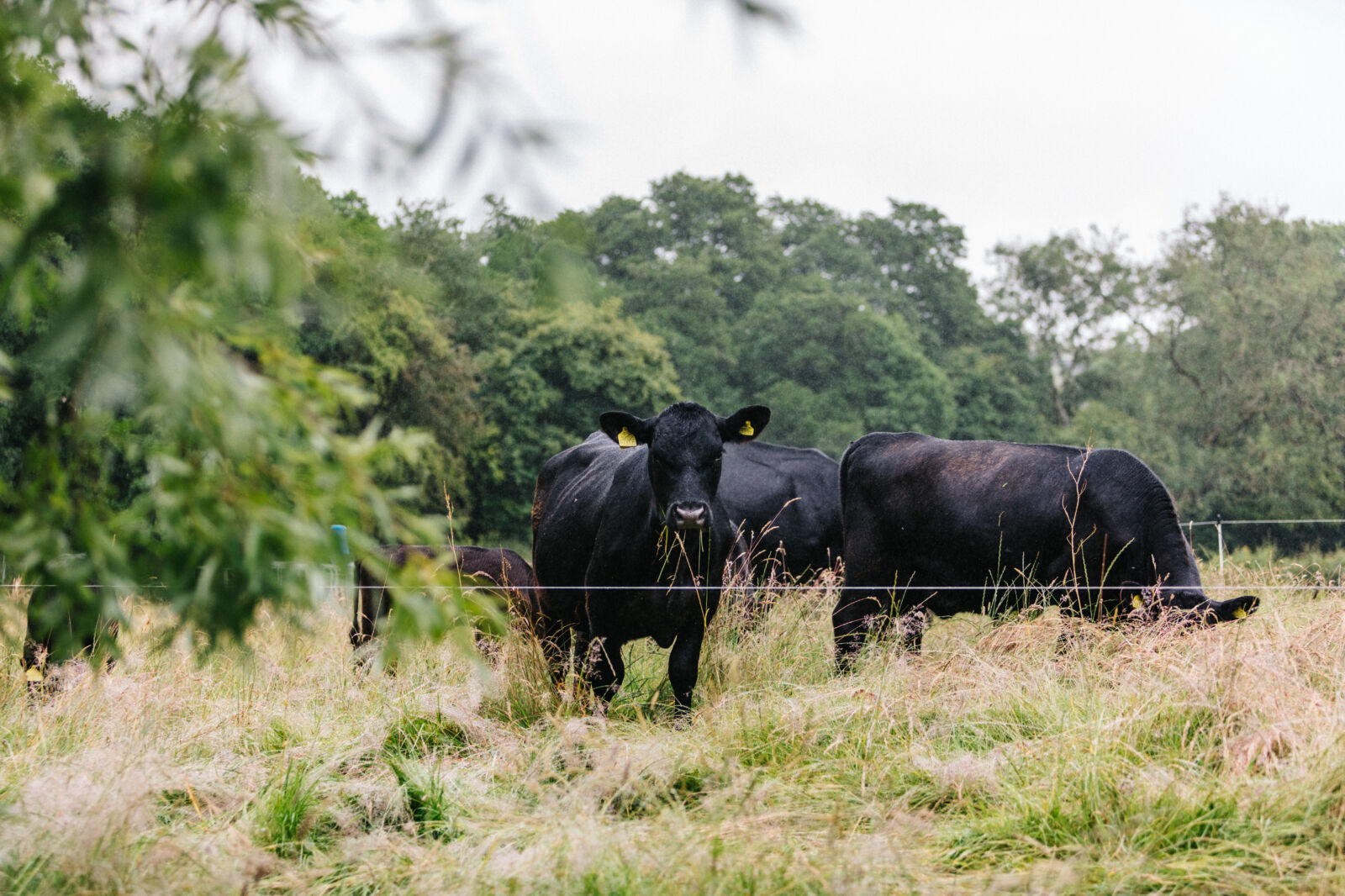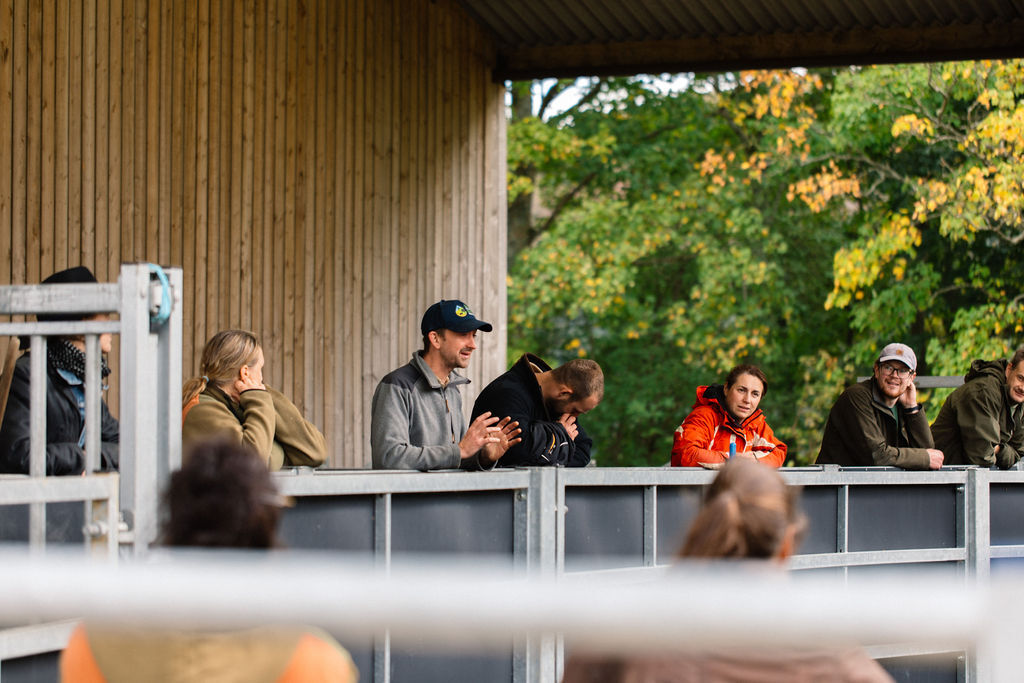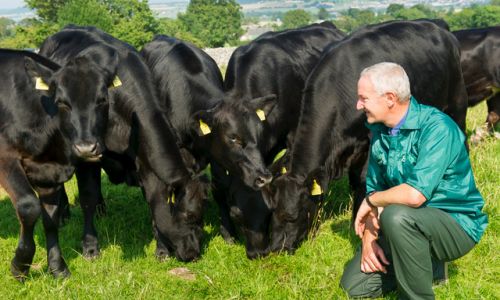Why Systems Thinking, Not Just Practices, Unlocks True Regeneration: Introducing Roots to Regeneration
Farmer and regenerative agriculture leader Clare Hill talks to Vet Sustain about the concept of regenerative farming and how vets - as 'natural system thinkers' - are uniquely positioned to drive change in food and farming systems.
Clare Hill
Regenerative agriculture is gaining momentum, but many well-intentioned transitions stall or fail—not because the practices are flawed, but because they’re applied within frameworks that contradict regenerative principles. At Roots to Regeneration, we’ve seen this pattern time and again: transformation isn’t about copying techniques but about shifting mindsets and redesigning systems.
The Pitfall of Practice-Based Change
As highlighted in Caroline Grindrod’s insightful blog, most regenerative programmes falter when they focus on isolated practices—like planting cover crops or reducing fertiliser—without rethinking the whole system. For example, a dairy farm might switch to multi-species leys and tall grass grazing, but if the livestock, soil, and business model are all optimised for industrial production, the system struggles.
The result? Frustration, increased costs, and the mistaken belief that “regenerative doesn’t work here.” The real issue is not the practices themselves, but the context in which they’re applied.
Regeneration requires a shift from industrial efficiency to systems thinking—where every element, from soil biology to business models, is redesigned to work in harmony.

Roots to Regeneration: A Systems Approach
Roots to Regeneration was created to address this very challenge. Our programme is built on the understanding that true transformation happens when farmers and professionals develop the capacity to think systemically, adapt principles to their unique context, and integrate inner (mindset) and outer (practices) change.
The 50/40/10 Difference
Most regenerative agriculture programmes operate on a 90/10 split—90% focused on practices, 10% on mindset. At Roots to Regeneration, we flip this model:
- 50% Mindset: Deep work on how we see, think, and relate to land, systems, and change.
- 40% Design: Practical, context-specific system redesign—integrating ecology, business, and community.
- 10% Practices: Techniques and tools, chosen and adapted to fit the unique system.
This approach can feel slower at first, but it consistently leads to bigger, more lasting change. When you invest in mindset and design, you build the capacity to adapt, innovate, and regenerate—no matter what challenges arise.
Dual Pathways: Farmer, Professional, or Both
We recognise that many in our community wear more than one hat. That’s why Roots to Regeneration offers two main “roots”:
- The Farmer Root: For those managing land, livestock, or crops, seeking to redesign their farm as a living, regenerative system.
- The Professional Root: For advisors, vets, consultants, and food system professionals who want to support regenerative transitions in their work.
But in reality, many participants are “professionals who farm”—veterinarians, consultants, or researchers who also run their own land-based enterprises. These “dual root” members bring a unique perspective, seeking to apply systems thinking both in their professional roles and on their own farms. Our programme is designed to support this duality, recognising that transformation in food and farming often happens at the intersection of practice and policy, field and office.
Programme Structure: Immersive, Flexible, Transformative
Roots to Regeneration is a two-year journey, blending immersive in-person experiences with flexible online learning and community support. Participants benefit from:
- In-person residentials: Deep-dive, hands-on learning and connection with peers and mentors.
- Online modules: Accessible, self-paced content covering systems thinking, ecological principles, and practical tools.
- Live online sessions: Regular group calls for discussion, troubleshooting, and shared learning.
- Peer community: Ongoing support and collaboration with a diverse cohort of farmers and professionals.
We’re delighted to share that two vets are already signed up for our 2026 cohort, reflecting the growing interest from veterinary professionals who see the value in systems-based approaches to food and farming.

The Veterinary Connection
Veterinarians are uniquely positioned to drive change in food and farming systems. Your understanding of animal health, welfare, and systems makes you natural systems thinkers. That’s why we’re excited to connect with the Vet Sustain community.
We also encourage you to also explore Vet Sustain’s own Sustainability Training Programme. Together, we can build a community of professionals and farmers equipped to lead the transition to regenerative, resilient food systems.
Ready to Rethink Regeneration?
If you’re a farmer, a professional, or both—and you’re ready to move beyond practice adoption to true systems transformation—Roots to Regeneration is here to support you. Explore our dual-root pathways, connect with a like-minded community, and discover how systems thinking can unlock the full potential of your land, your business, and your impact.
Transformation isn’t about working harder. It’s about thinking differently.
What’s been your experience with practice-based versus systems-based approaches? We’d love to hear your story.
Find out more at rootsofnature.co.uk/roots-to-regeneration



